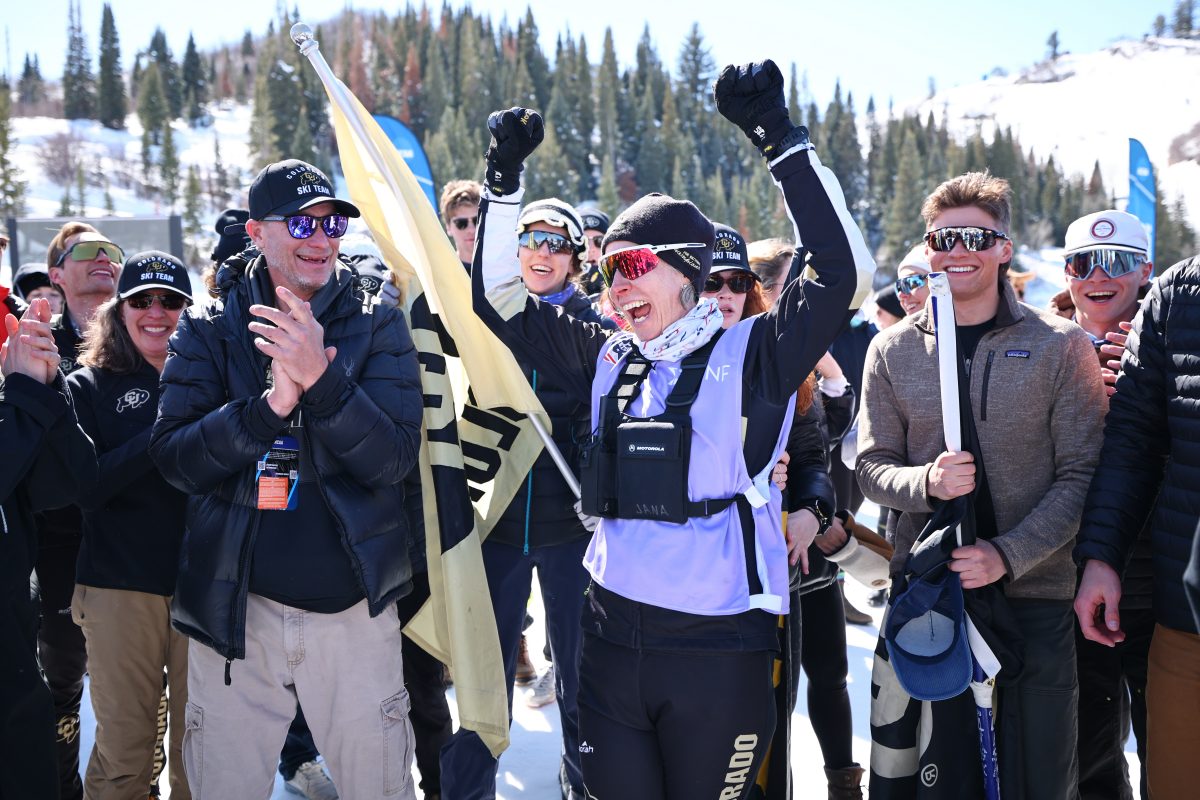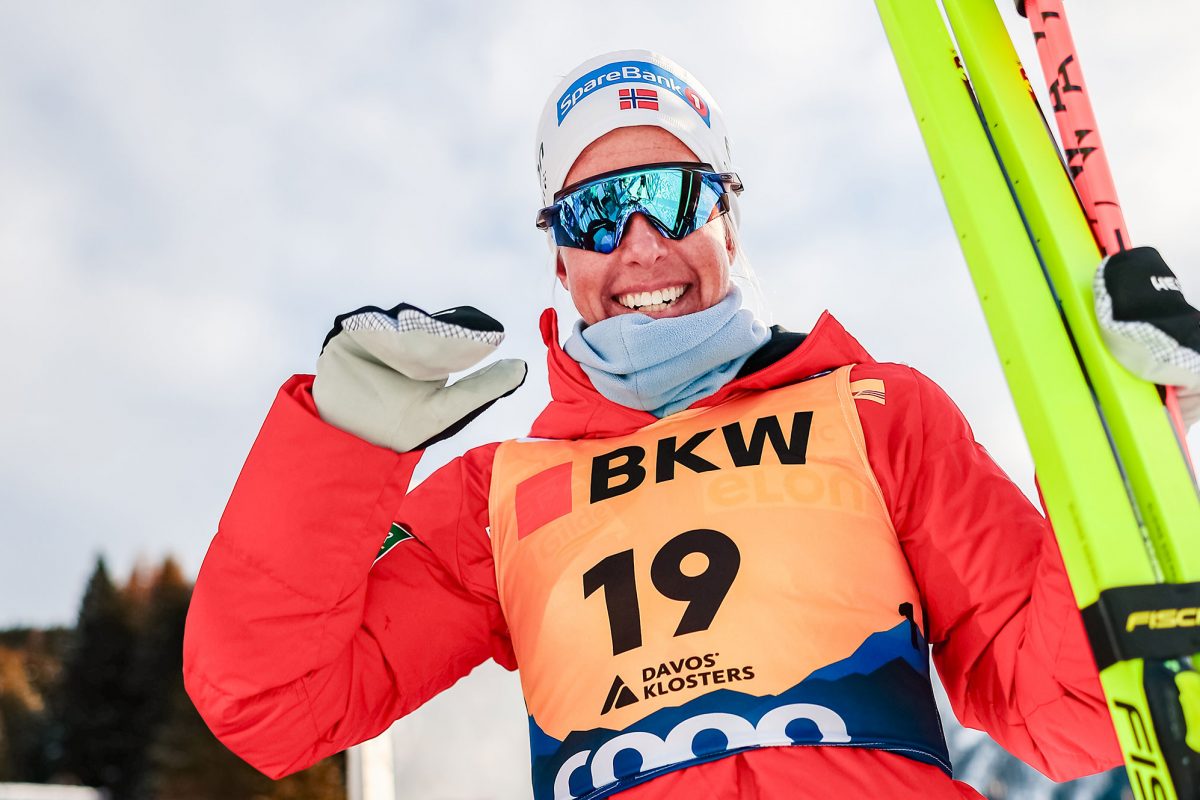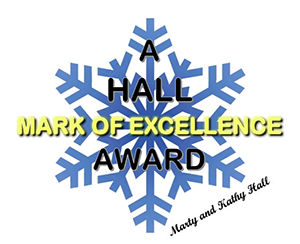 This coverage is made possible through the generous support of Marty and Kathy Hall and A Hall Mark of Excellence Award. To learn more about A Hall Mark of Excellence Award, or to learn how you can support FasterSkier’s coverage, please contact info@fasterskier.com.
This coverage is made possible through the generous support of Marty and Kathy Hall and A Hall Mark of Excellence Award. To learn more about A Hall Mark of Excellence Award, or to learn how you can support FasterSkier’s coverage, please contact info@fasterskier.com.

Julia Kern is firmly established as a veteran member of the U.S. Ski team. She is uniquely sandwiched between the venerable veterans Jessie Diggins and Rosie Brennan, and the up and coming squad of youngsters in their early 20s. Her first World Cup start in Quebec City is almost seven years behind her, and she is now a mainstay of the U.S. team, mostly known to race fans for her Sprint performances. During her time representing the United States she has won a World Championship bronze medal in the Team Sprint, been to the Olympics, raced for the USA in the Junior World Championships, and stood on the podium in a World Cup Sprint in 2019.
FasterSkier caught up with Kern while she was in Vermont to talk to her about training, race plans, behind the scenes Sprint strategy, and what it will take for her to regularly find the podium in Individual World Cup Sprints.
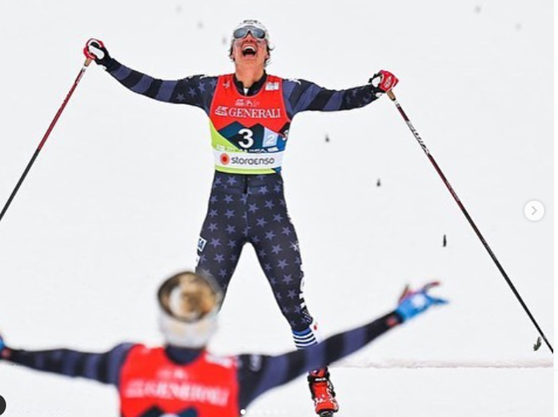
Training for a New Season
Kern has been busy traveling and training since the race season ended. After the ski season concluded she spent two weeks in California, then four weeks in Vermont which serves as her home base. Then it was off to the team training camp in Bend, Oregon, and ending up back in Vermont, where she is now settling in to train for the rest of the summer while she creates a new home base in Burlington.
But real training began with Bend camp. “Bend camp is always a fun way to start the training year,” said Kern. “It’s amazing kicking off the training season on snow, and really good skiing conditions. That makes it easy to get back into the swing of things.” Bend Camp wasn’t just the official start of the new training season, but an opportunity to make some course corrections. “Coming off a challenging season, my goal at Bend Camp was to ease back into the training year and enjoy being on snow and being with the team. Bend camp is about getting back into the routine of training and working on technique while we have all of the amazing coach and staff support. We have such a big coaching staff now that one day you will work with one coach and another day a different one. I enjoy working with different coaches and taking their input and feedback and making my own decisions.” Kern spends a lot of time working with U.S. team coach Kristen Bourne who is collaborating with Kern in writing her training plan. Kern likes to receive input not just from the coaches, but from her fellow skiers as well. “A lot of it is learning from each other. We had Emma Ribom from Sweden there, we went on a lot of skis and talked about training and exchanged ideas. There are so many people you can learn from and lean on. In the end it’s trying to use all of that.”
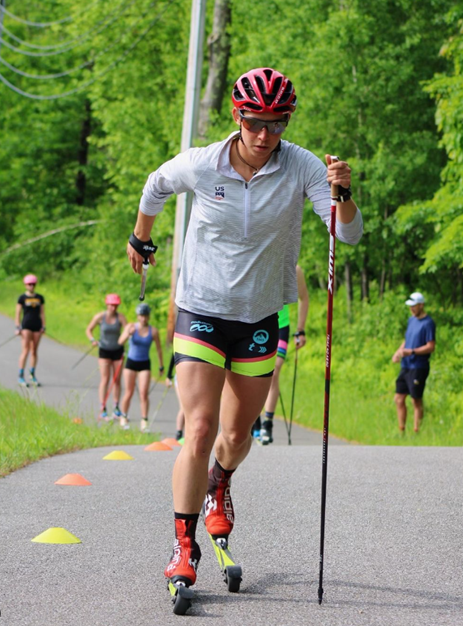
New Home Base and Training Changes
Kern is tweaking her regular summer training and is establishing Burlington, Vermont as her home base to operate out of. She’ll go to Stratton to train with her team and do more on her own than in years’ past. “I was looking to have things in my personal life that gave me balance. I spend seven months a year on the road…it’s important to feel that I have a life outside of skiing. I have good access to doctors and physical therapist. It’s a new thing I’m trying out. I’m looking forward to having a home base and building a life outside of skiing.”
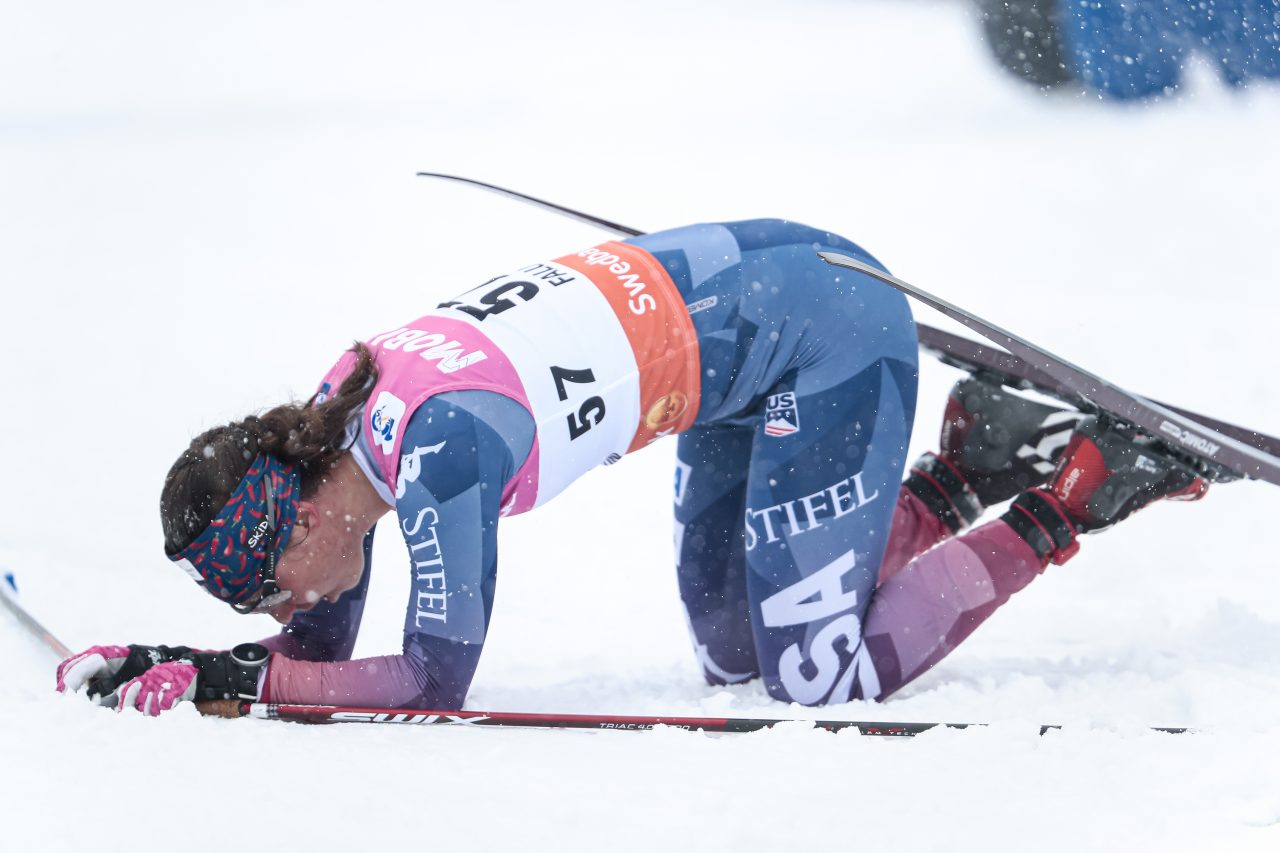
Kern is coming off a difficult season where she faced illness which affected her performances and yielded results which were not a step up from last year. “I did a lot of reflecting this spring, it’s hard to pinpoint just one thing, and I don’t think it ever is just one thing. I fell into a bad health trap last season that took me a long time to climb out of. It’s like the ball rolling down the hill gaining momentum and you want to change direction, and sometimes you just need a reset. I had lung issues, a bad cough and cold, then I got the flu, and then I got a secondary infection. I ended up getting a chest infection after the flu and had so much stuff in my lungs, my chest hurt. When you’re modifying training for two or three months within the race season, it’s really hard to get your rhythm back. It was a really challenging year. It was a big learning year. Sometimes you have to have those years where you’re pushing a little more in training and overshooting, and realize, that was too much, and pull it back the next year. I feel like I learned a lot last season. Not every year is going to be a linear jump upwards.”
Overcoming illness wasn’t necessarily a new thing for Kern, though last winter was extremely challenging. “I’ve historically dealt with my fair share of injury and illness and had a lot of setbacks. Despite that, I’ve always been able to pull it together and make it happen at some point in the season. Last year (training) generally went smoothly. In the past, I’ve always been forced to have this extra rest because of injury and illness, as a result (of not having that rest), I didn’t recover as well. I also think as you get closer to the top, those margins get so much smaller, so once you’re up there, a little change is so much more visible than in prior years when you’re developing and getting better.” Recovering from illness during the race season presents its own challenge apart from training and racing. “You’re trying to race, and if you get something like that during the middle of the season it’s hard to come back, especially if you’re not able to come home and recover and instead you’re stuck in Europe. Do I just keep skipping weekends, or do I try to race?”
Kern attributes only some of her difficulties last season to her illnesses. “I ended up being in a lot of lucky loser heats this year. So that meant that it was fast and hard, and I was expending a lot of energy to move on. I felt like that extra pep was missing. I feel like through sheer willpower, and tactical abilities and just grinding it out, I was able to make the semi-finals even when I wasn’t feeling at my best. It was head down and put everything in mentality. When your body isn’t feeling 100 percent, you can go hard for one round, but not sustain it for as many rounds. That’s what I was feeling last year. But I’ve gotten to the level now where I could move on to the quarters even not feeling 100 percent. But I had to put a lot into it, and I was not recovering as quickly as previous years.”
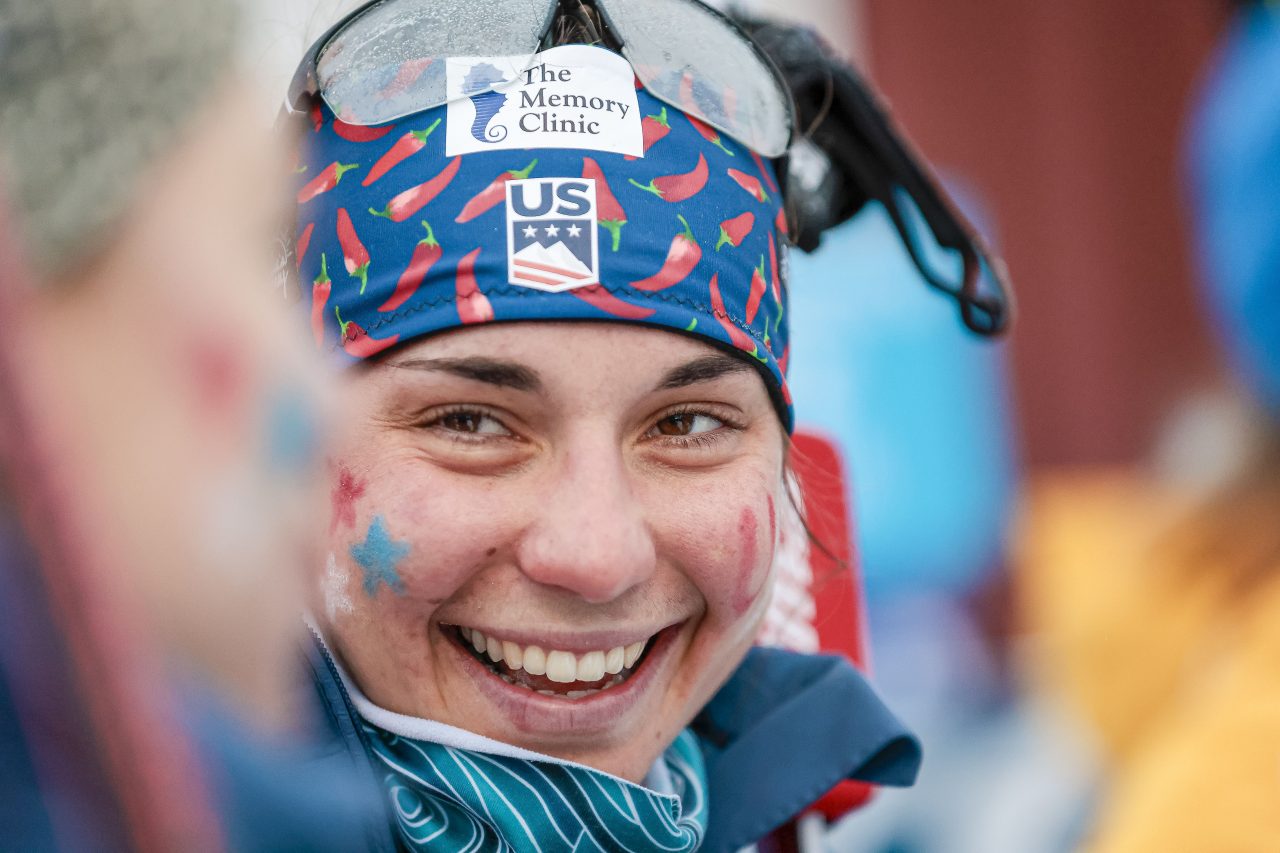
Kern is making some other tweaks to her training plan. “This year I’m trying to ease into the training year a little bit more, so lower hours, especially in June. I always have nagging injuries, so I’m trying to get foundationally really solid before I’m pushing the training. I’m also making sure that in those recovery weeks I’m getting mental recovery too. I’ve always done well when I’m happy. I’m a very social being and having stuff outside of skiing feeding my soul and happiness is really important. You need to have the mental bandwidth for a full winter of racing. Giving 100 percent to skiing might actually look like me turning off my skiing brain every once in a while. I’m being more intentional about each workout and mindful of where I’m putting in volume and how I’m doing it and being okay with changing my training plan if I’m tired. More or harder isn’t always better. That’s what a lot of injury has taught me. The most important thing is that you’re rested and ready.”
Kern is taking a mindfulness and self-awareness approach. “Sometimes I’ll feel really good at the end of a training block, and I’ll want to keep pushing it, but then I go from feeling really good one day to really bad the next so, my body doesn’t have this slow down warning sign. I need to be mindful about where I’m at. You don’t want to be the most fit in September, you want to be the most fit in the winter.” She also has taken more ownership of her training. “I’m writing more of my plan. Kristen and I work together. It’s not a coach telling me what to do, it’s a collaboration.”
One of Kern’s other passions is her design work with Skida, a company which makes performance neck and headwear for athletes. She makes a new design every year which appears on the neck gaiters and hats. She is currently working on the upcoming winter’s design. You have to move fast to keep up with Julia Kern, on and off the snow.
Please return to FasterSkier for part two of our interview with Julia Kern where we dive into the nitty gritty of Sprint tactics and what it takes to reach the podium, and thanks to Julia Kern for taking the time to speak with FasterSkier.


